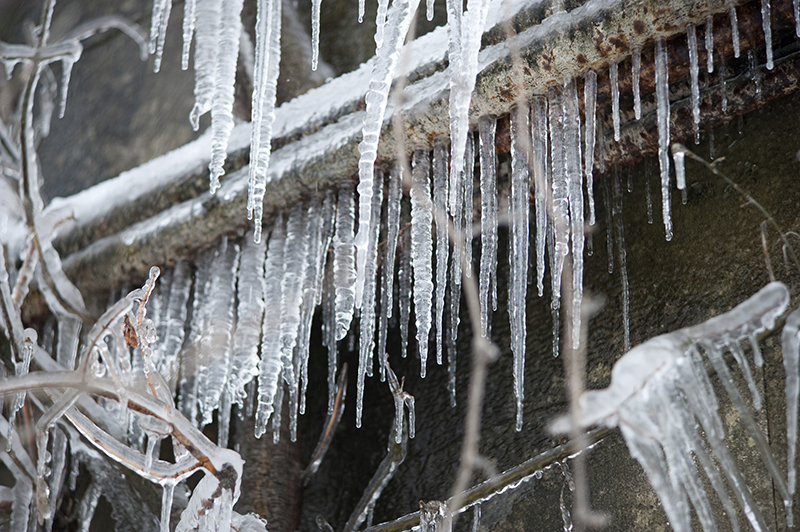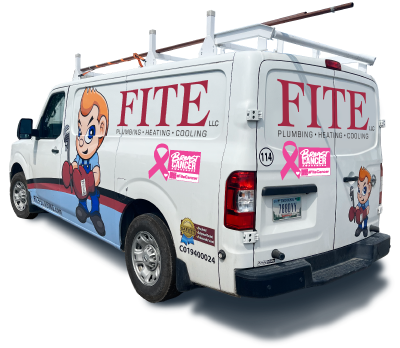Cold winter weather brings on the potential for frozen pipes in your plumbing system. You probably know many of the ways to prevent freezing in your pipes, like insulating outdoor pipes and leaving water trickling from the faucets. But sometimes circumstances don’t allow for preventative action, or maybe the preventative action didn’t work.
Do you know what steps to take if your pipes do freeze?
First and foremost, take action quickly. Frozen pipes often lead to bursting, and when water starts to flow again, a hidden leak will continuously run water. This can be extremely costly, and the constant pressure of water flow may further damage the leaking area. Also, water damage – and the mold and mildew that come with it – can mean extensive and costly clean up.
It is important to be aware when your pipes have frozen. Exterior pipes are most likely to freeze, followed by sections just inside an exterior wall. Look for reduced flow or no flow at the plumbing fixture. Another good clue is frost around the outside of the pipe.
Once you have located the frozen pipe, take action quickly. The longer a pipe is frozen, the more likely it is to burst. Start by turning off the main water valve supplying water to the house or business. This stops the pressure of more water entering and causing further backup in the frozen area. Then put your faucets in the “on” position. As the ice is thawed, flowing water will help melt the remaining ice in the pipe.
The next step is to apply heat. Some safe options include:
- An electric heating pad wrapped around the pipe
- An electric hair dryer
- A portable space heater
- Towels soaked in hot (but not boiling) water wrapped around the pipe
It is also important to know what NOT to do. Don’t use any type of open flame, like a blowtorch, a kerosene or propane heater or a charcoal stove, to thaw the pipe. The intense heat could damage your plumbing system or cause a fire. Also, don’t apply electrically-supplied heat (such as a hair dryer or electric heater) directly to the pipe – leaking water could cause electrocution.
Once pipes thaw and water starts to flow, turn the water back on slowly, watching and checking for damaged pipes and leaks throughout the system. Then check the rest of your faucets to make sure no other frozen pipes are present. If temperatures are low enough to cause freezing, other parts of your plumbing system may have been affected as well.
If you cannot locate the frozen area of pipe, call Fite Plumbing right away to provide assistance.
If you experience frozen pipes repeatedly, consider having your plumbing system remodeled. Fite Plumbing can help relocate the pipes that are too exposed to the cold so that frozen pipes don’t continue to be problematic in your home or business.


